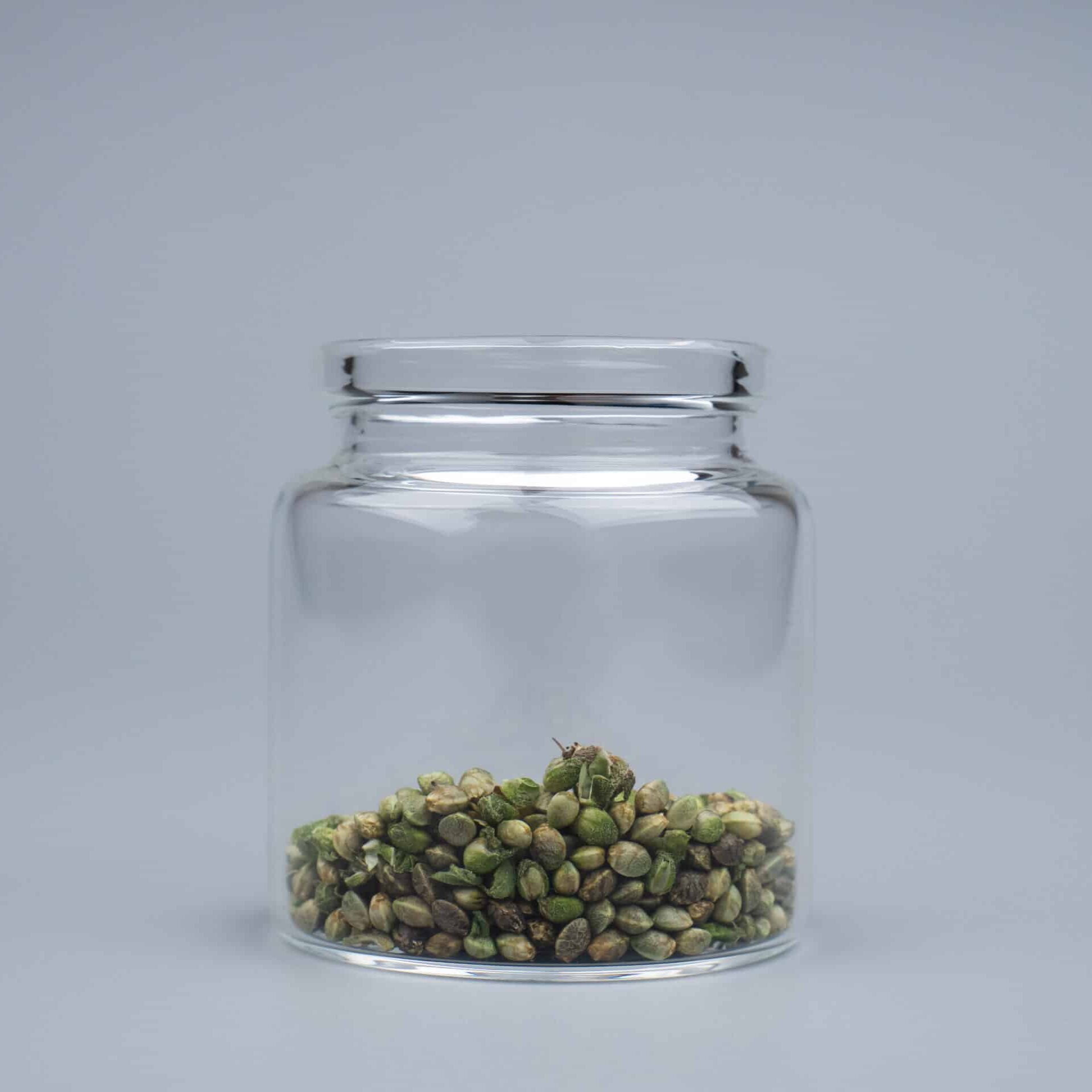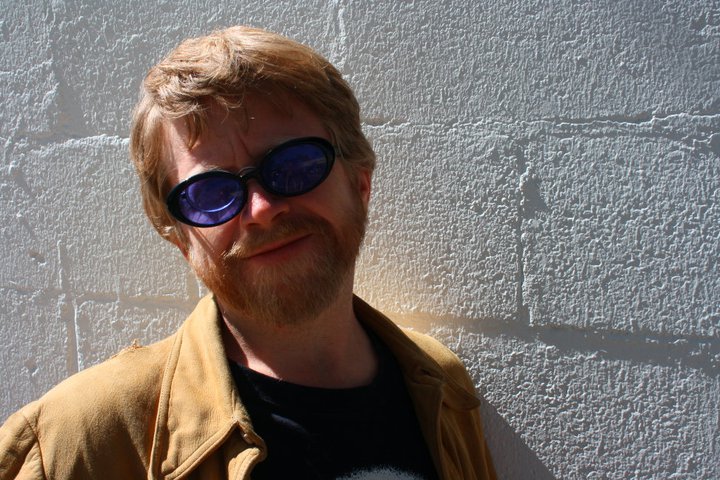Seeds Are Cool
Seeds Are Cool
Seeds: Planetary Hitchhikers of Worlds in a Raindrop’s Dollop of Wisdom

Seeds are astonishing tiny world-dollops holding the spark of life itself.
Inside a sphere no bigger than a raindrop lies the entire blueprint for a plant, tree, or fern. Every bit of DNA, every instruction it needs to become something towering and green is packed into that small shell. Just add water, and boom: life begins. It’s like conjuring creation with a goddess-green thumb that would make Sissy Hankshaw’s famously massive pollices look modest.
Wait, did we lose you in left field?
Let’s rewind. Sissy Hankshaw is the hitchhiking heroine of Tom Robbins’ Even Cowgirls Get the Blues, best known for her oversized thumbs – pollices, if you want to get fancy. But even a metaphor that wild doesn’t come close to capturing the awe-inspiring magic of a seed.
Some seeds, like the orchid, are no bigger than a speck of dust but can create brand-new universes of flowers.
What we mean to say is seeds are amazing miracles that will blow your mind if you really stop to think about them.
So let’s dive in with this ode to seeds, the pods that hold the beginnings of life like little plant embryos of wonder.
The Evolution of Seeds into World-Class Hitchhikers
Come to think of it, Sissy Hankshaw makes a perfect metaphor for seeds – nature’s original hitchhikers, giving plants the power to travel far and wide.
Travel back in time about 3 million years, and all plant life originated from algae – primitive organisms that relied entirely on water to move, reproduce, and survive. As the Earth’s landscape shifted and new land masses emerged, plants faced a challenge: how to move away from their watery origins and thrive on dry land.
To colonize these new environments, plants needed a way to travel across land without drying out. That’s where evolution stepped in. Ferns began to develop seeds containing female sex cells that remained on the plant, no longer released into the environment. Instead of swimming to them through water, male cells had to reach these female cells directly. This shift set the stage for an evolutionary leap.
Over millions of years, these early seed ferns evolved into true seed-bearing plants. This innovation revolutionized plant reproduction, allowing plants to spread farther from water
sources and ultimately paving the way for the vast forests that now blanket the Earth.
But evolution didn’t stop there. Plants grew even more inventive, coming up with clever ways to protect and spread their seeds across the land. We’re talking the magic of the flower.
Some developed lightweight seeds that could ride the wind like tiny parachutes. Others wrapped their seeds in tasty fruit to entice animals, who, after a snack, would unknowingly deposit the seeds far from the parent plant in a pile of ready-made fertilizer. Some seeds sprouted hooks or barbs, hitching rides on the fur of passing creatures to travel great distances.
Each of these strategies became part of nature’s ingenious toolkit, helping plants expand their reach and thrive far beyond their watery beginnings.
The whole evolutionary point of a seed was to spread plant DNA across the land freely like little Sissy Hankshaws on a Tom Robbins kaleidoscope of an adventure.
The Miracle of Germination and Other Amazing Seed Facts
A seed is a miraculous container protecting a baby plant with everything it needs to be ready to sprout. Each seed contains an embryo of a tiny plant, food for the plant, and a protective coating. When first formed, seeds are dormant, resting inside their coat until the right conditions come along, usually the addition of water.
During seed germination, the embryo absorbs water, causing its cells to rehydrate and expand. Soon after this water uptake, known as imbibition, respiration rates increase, and a host of metabolic processes that were dormant or greatly slowed begin to reactivate. These renewed activities are accompanied by structural changes in the embryo’s organelles, the specialized cellular structures responsible for metabolism.
For many plant species, seed coats require a breaking of dormancy – the breaking of the shell that allows the plant to grow. Most embryos have no innate dormancy and will develop after the coating is removed or sufficiently damaged so water can enter.
The abrasion can take place inside the soil or sometimes inside the gut of an animal.
Protea seeds from South Africa have evolved a remarkable survival strategy: they only germinate after exposure to smoke. This adaptation ensures they sprout in the aftermath of wildfires – when competition is reduced, nutrients are abundant, and sunlight reaches the forest floor. It’s a clever evolutionary tactic perfectly suited for life in fire-prone ecosystems. Nature finds a way to heal herself.
Dormancy can last thousands of years, sometimes even tens of thousands. In an extraordinary discovery, a Russian research team unearthed seeds of Silene stenophylla, a flowering plant native to Siberia, that had been buried by an Ice Age squirrel and preserved in the permafrost. Radiocarbon dating confirmed the seeds were an astonishing 32,000 years old. Scientists carefully revived them in the lab, and to their amazement, the seeds germinated. The plants not only grew and bloomed – they went on to produce seeds of their own after just one year, bridging a biological gap of millennia.
Seeding the Potential of Worlds
As ecological hitchhikers, seeds are a powerful metaphor for potential. As inspiration, seeds remind us that growth doesn’t require grandeur at the outset. You don’t have to have it all figured out. You just need the right conditions: nourishment, time, and the courage to break open. From the smallest beginning, something vast can emerge: a towering tree, a blooming wildflower, a forest.
Even in harsh environments, seeds can lie in wait for years, sometimes centuries, until the moment is right. When it is, they rise. We’re not so different. Inside each of us are ideas, passions, and paths just waiting for the right spark. Seeds show us that what we carry within can shape worlds, if we’re willing to grow.
Be your own seed. Put out your thumb and catch the wind. You don’t know where nature will take you. Spontaneity is the breeze that sows new beginnings that bloom like cacti in the deserts of creation.

Mathew Gallagher
Wordsmith Specialist
Join the Bear Blend Tribe
Tribe members receive special discounts on products, invitations to premier events and are welcomed to contribute writings and videos to the community.

0 Comments